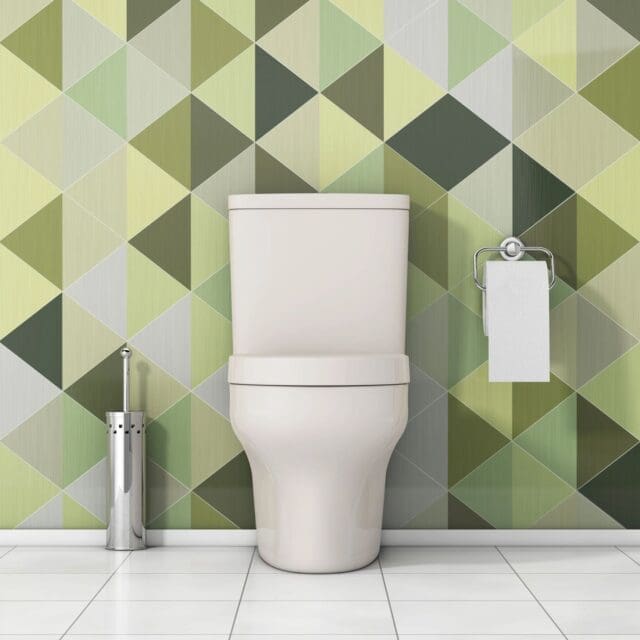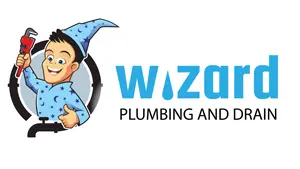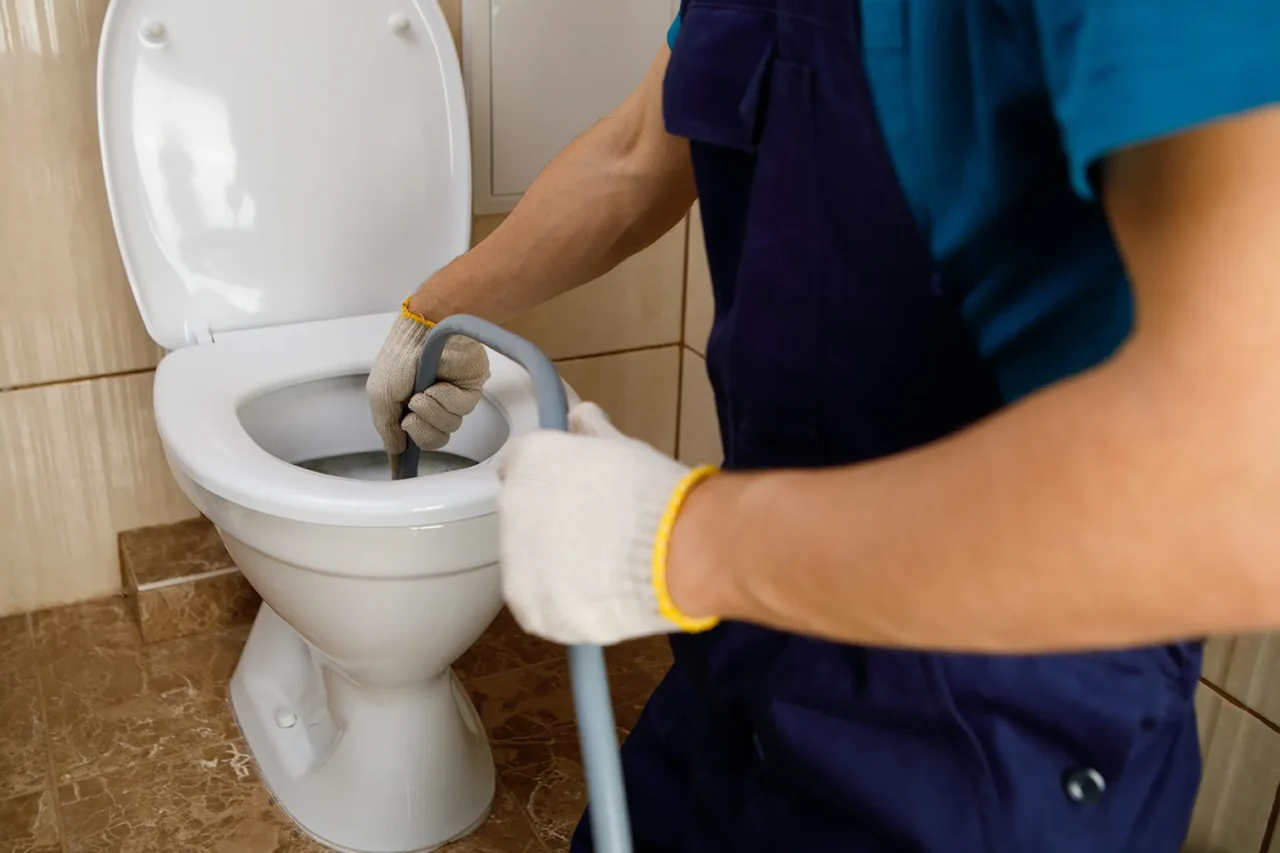
A clogged toilet is a common household problem that can cause considerable inconvenience. This guide will provide you with detailed instructions to fix a toilet clog and references for further reading.
How Do Toilet Clogs Happen?
Clogs in toilets typically occur due to excessive or inappropriate waste such as too much toilet paper, sanitary products, or even objects like toys and clothing. Identifying the cause is essential to select the proper method to resolve the issue.
Tools You May Need
-
- Plunger
- Toilet auger
- Rubber gloves
- Bucket
- Towels for cleanup
Methods to Fix a Toilet Clog
1. Use a Plunger (Most Common Method)
The plunger is a staple tool for unclogging toilets, and its proper usage is well-documented (Family Handyman, 2021).
- Select the Right Plunger: A flanged plunger is designed specifically for toilets.
- Prepare the Area: Lay towels around the toilet to absorb any spillage.
- Plunge Properly: Insert the plunger so that the rubber part forms a seal over the hole. Push down and pull up vigorously without breaking the seal. Repeat as necessary.
Reference: “How to Plunge a Toilet” – Family Handyman. (2021). Retrieved from Family Handyman
2. Use a Toilet Auger
A toilet auger is a specialized tool that can break up tougher clogs. Lowe’s provides a detailed guide to using a toilet auger.
- Insert the Auger: Place the auger’s end into the toilet bowl, aiming for the drain hole.
- Turn the Handle: Rotate it clockwise, which will push the cable further down the drain, breaking up the clog.
Reference: “How to Unclog a Toilet with a Toilet Auger” – Lowe’s. Retrieved from Lowe’s
3. Use Dish Soap and Hot Water
An unconventional but often effective method involves using hot water and dish soap (Apartment Therapy, 2020).
- Add Dish Soap: Pour a generous amount into the bowl.
- Add Hot Water: Pour a gallon of hot (not boiling) water into the bowl.
- Wait: Allow the mixture to sit for several minutes, then attempt to flush.
Reference: “How to Unclog a Toilet Without a Plunger” – Apartment Therapy. (2020). Retrieved from Apartment Therapy
Safety Precautions You Should Take
- Wear Gloves: Protect your hands with rubber gloves.
- Avoid Chemical Drain Cleaners: They may damage the pipes and create toxic fumes.
- Don’t Force the Tools: Forcing tools might cause damage to the toilet.
Conclusion
Fixing a clogged toilet can usually be handled at home with some basic tools and techniques. If the problem persists despite trying the above methods, it may be wise to call a professional plumber to avoid potential damage.
These references provide a reliable basis for the methods described, demonstrating that with a little patience and care, a clogged toilet doesn’t have to be a disaster. Instead, it can be an opportunity to understand and maintain one’s household plumbing system better.


